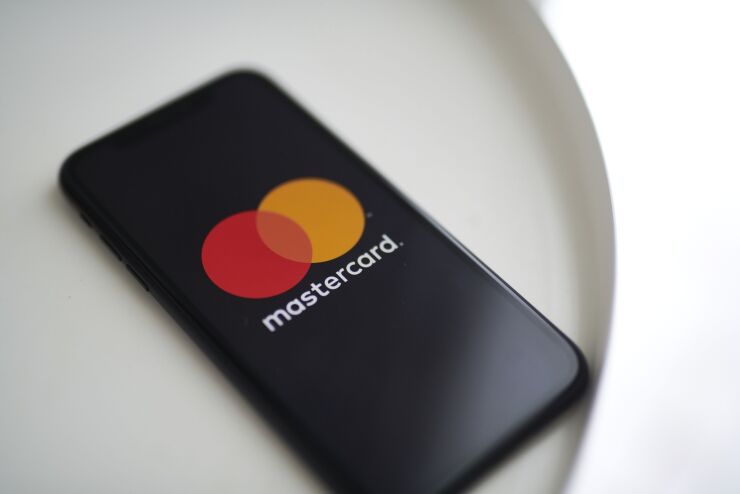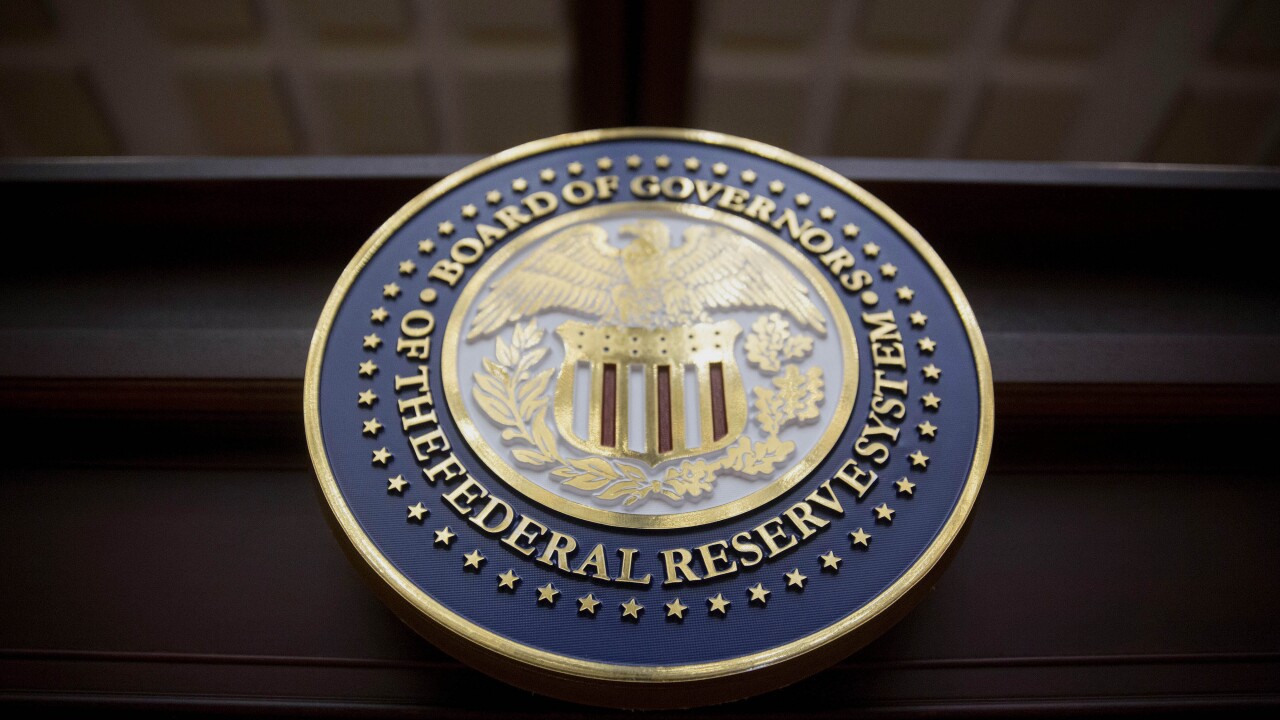
Mastercard is selling a digital version of an "all in one" payment rail, hoping to attract young consumers who want to centralize their expenses and transactions.
The card network's One Credential, which it launched this week, joins firms such as Visa, Apple and Curve that also power a single portal to a menu of payment choices, rather than managing separate credentials for each option. "You've had credit, debit and prepaid in different accounts. But today you can get all of those payments in one way," Bunita Sawhney, Mastercard's chief consumer product officer, told American Banker.
Mastercard and its competitors are trying to capture younger consumers who have different shopping, budgeting and spending habits than older generations. Citing internal research, Mastercard said 65% of Gen Z consumers want to manage all their payment accounts in one place online. Mastercard also reported that Gen Z consumers find payment personalization three times more important than other generations.
Mastercard and Visa protect these transactions through tokenization, which replaces card numbers with a one-time code that's unusable if stolen. The mobile wallet providers use the embedded security function on their smartphones.
"Apple, [Samsung and Google] are also trying to own this space," said Tony DeSanctis, a senior director at Cornerstone Advisors, noting that Apple, Google and Samsung's digital wallets have global consumer and merchant networks that have similar size as the card networks. "It certainly makes competition more difficult. More than payments, this is about scale."
"These are consumers that grew up in a digital environment. They want a 'remote control' for their financial lives," Mastercard's Sawhney said. For example, a consumer can use One Credential to route expenses under $100, such as groceries or fuel, from their debit card, use a credit card for expenses over $100; and installments for larger purchases. These preferences are managed online or in an app, with the consumer controlling how the transactions are funded.
Mastercard clients that have enabled their payment technology to support One Credential include Australia's Bendigo and Adelaide Bank, a holding company that owns Bendigo Bank and the digital bank UP. Other participants are Episode Six, a firm that sells enterprise-grade payment processing and ledger infrastructure; Galileo Financial Technologies; i2c Inc., a provider of banking and payments technology; and Lithic, a financial technology platform. Marqeta, a card-issuing platform, is also part of One Credential's network.
"Innovations like Mastercard One Credential signal a shift toward more dynamic, consumer-driven payments, and issuers that prepare early will be best positioned to meet evolving expectations," said Amir Wain, CEO and Founder of i2c, in an email. "The key is ensuring payment infrastructure is ready before these capabilities become the industry standard."
Other options in the "all in one" payments market include Visa's Flexible Credential, which enables banks to issue a single card that toggles between payment methods. Consumers use Visa Credential to choose to pay via credit or debit, assign payments to a virtual card with customized controls, finance over installments or pay with incentive marketing points.
In an earlier interview, Mark Nelsen, Visa's head of product for consumer payments,
Samsung and Curve, a fintech that offers an "all in one card" that enables consumers to switch payment cards at the point of sale, are co-developing a mobile wallet to compete with wallets from Apple and Google. The
The concept is not old. All-in-one card products have been tried multiple times for more than a decade and really haven't found a footing because they've always been clunky, according to David Shipper, strategic advisor for retail banking and payments for Datos Insights, adding that One Credential and Flexible Credentials should offer a more seamless process for the consumer.
"Card issuers can benefit from this feature, so there is no doubt we'll see a lot of interest from banks and credit unions," Shipper said. "Rather than moving between a debit card at their bank for small purchases to a credit card issued by AMEX for online purchases or a BNPL product offered by another company for large purchases, cardholders will be more likely to keep all payments with a single financial institution or the convenience and control provided through this feature."
Datos Insights research shows that consumers are already choosing debit, credit, prepaid and BNPL based on the transaction type and amount, Shipper said. "While implementations will vary by the card issuer, allowing the consumer to predefine which payment type to use based on the purchase type or making it simple to switch between payment types will simplify these decisions."






